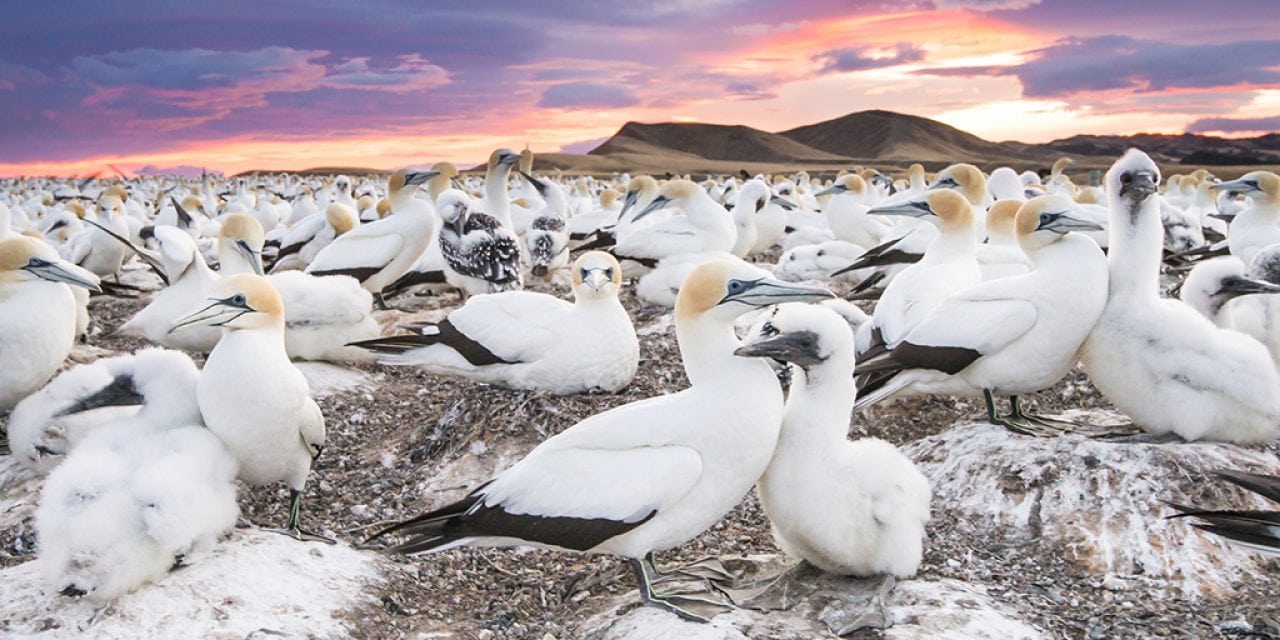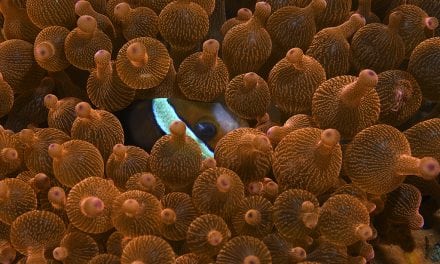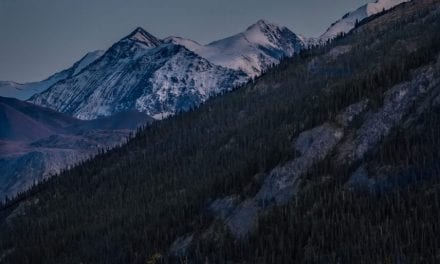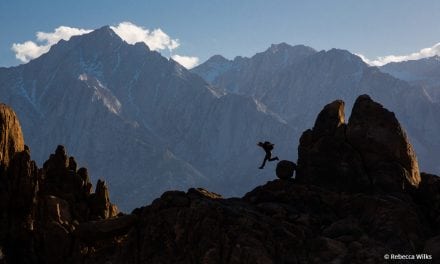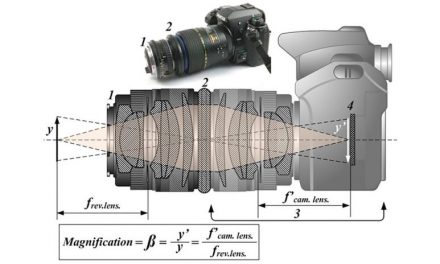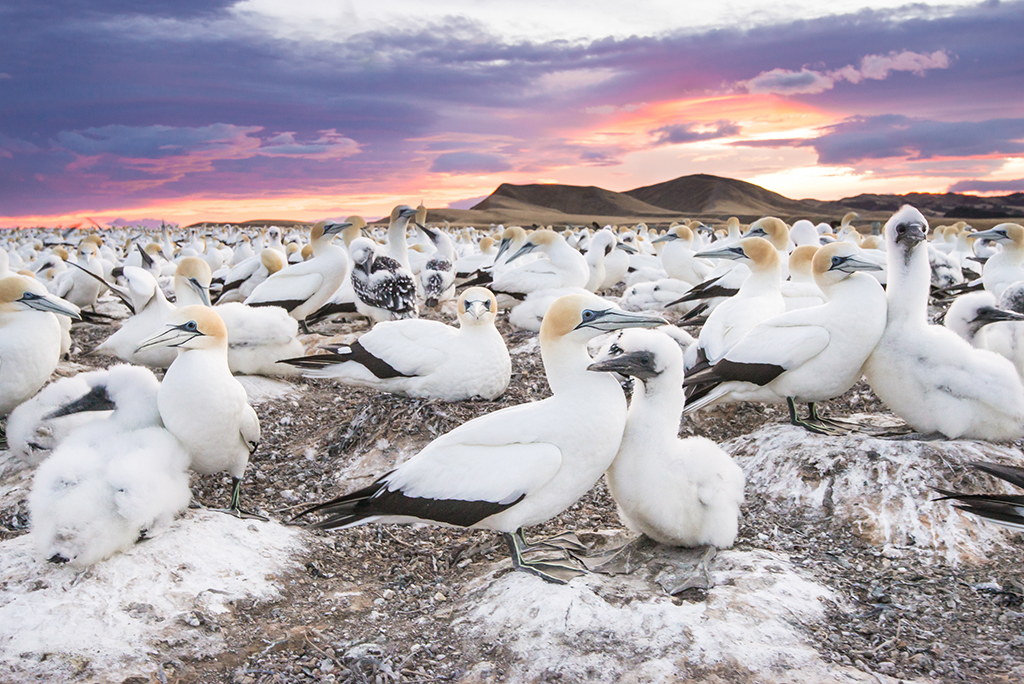
It’s not easy standing out in New Zealand’s feathered crowd. From flightless kiwis to the world’s only alpine parrot, the birdlife on this tiny South Pacific nation has an incredible diversity. Yet, with striking white, black and gold plumage and a wingspan extending nearly 6 feet, Australasian gannets fit the bill as some of the country’s most remarkable seabirds.
New Zealand accounts for the bulk of the world’s breeding gannet population, and nearly 10 percent of all Australasian gannets return to a single location in southeastern Hawke’s Bay on the North Island. On a remote spit near Cape Kidnappers, the birds gather annually from their trans-oceanic voyages to court, lay their eggs and raise their young atop exposed precipices overlooking the Pacific Ocean. Despite the trials of living on an open plateau susceptible to some of the planet’s harshest UV rays and gale-force southerly winds from Antarctica, some 6,500 breeding pairs call this location home.
The window for photographing gannets with their chicks lasts for up to four months each year, but uncooperative weather conditions coupled with the difficulty of accessing the site meant that planning and patience were critical to achieving this image. I waited eight weeks to get the ideal set of conditions for capturing the colony against an approaching southerly storm at sunset—a backdrop that helped emphasize the beauty and wildness of their natural environment. On an extremely windy January evening (high summer in the Southern Hemisphere), all of the elements came together, and I set out for the Cape.
Photographing wildlife in low light is a balancing act between avoiding excessive camera noise and shadows and preventing motion blur, and while I brought my tripod with me that evening, I ended up setting it aside so I could react more spontaneously to the scene before me. Halfway through the shoot, I was drawn to the way this perspective of the colony provided a striking foreground to the magenta-colored sky. As I was keen to preserve the incredible sunset hues while at the same time maintaining detail in the birds, I pushed my ISO up and used a graduated neutral-density filter. My slow shutter speed isn’t typical for wildlife photography, but it allowed me to capture enough light in the foreground so that I didn’t have to use flash, which would have greatly disturbed the birds and their chicks.
As a nature photography instructor and conservationist, I have an interest in sharing our planet’s beauty with others stemming from an artistic as well as a conscientious standpoint. I’ve had the privilege of photographing and working with incredible landscapes and wildlife, and I’ve seen time and again how strong our connection to these places and creatures can become once we’ve experienced them for ourselves. While most people may not have the opportunity to see Australasian gannets at the bottom of the planet first-hand, sharing images of moments like this showcases the power of photography in building those connections.
Nikon D600, AF-S NIKKOR 16-35mm f/4G ED VR. Exposure: 1/13 sec., ƒ/13, ISO 800.
See more of Lauren Buchholz’s work at pbase.com/natural_visions.
The post The Colony At The Edge Of The World appeared first on Outdoor Photographer.

